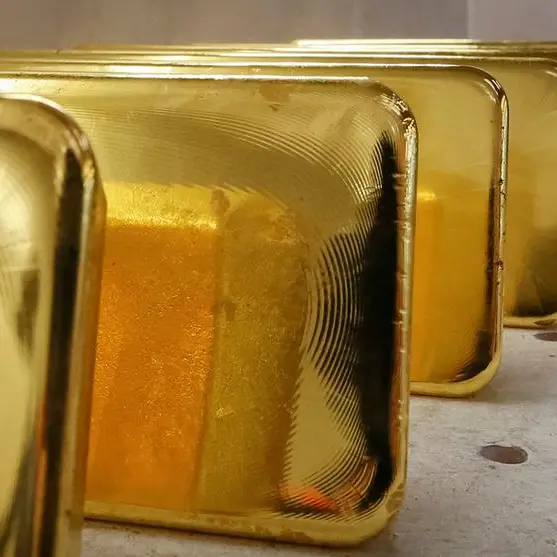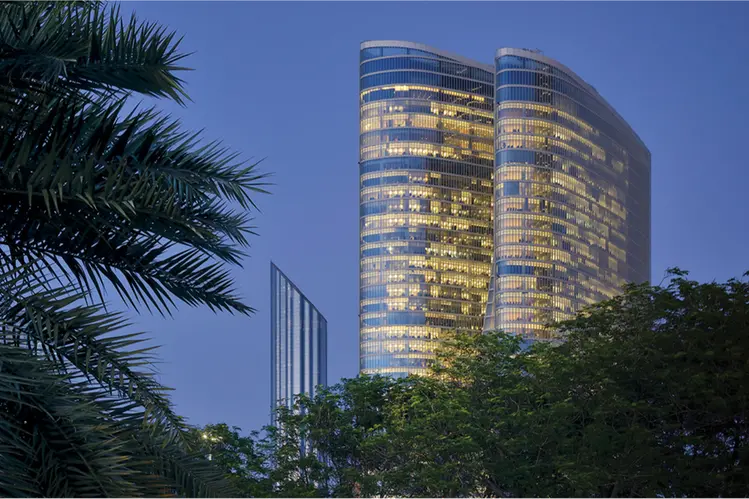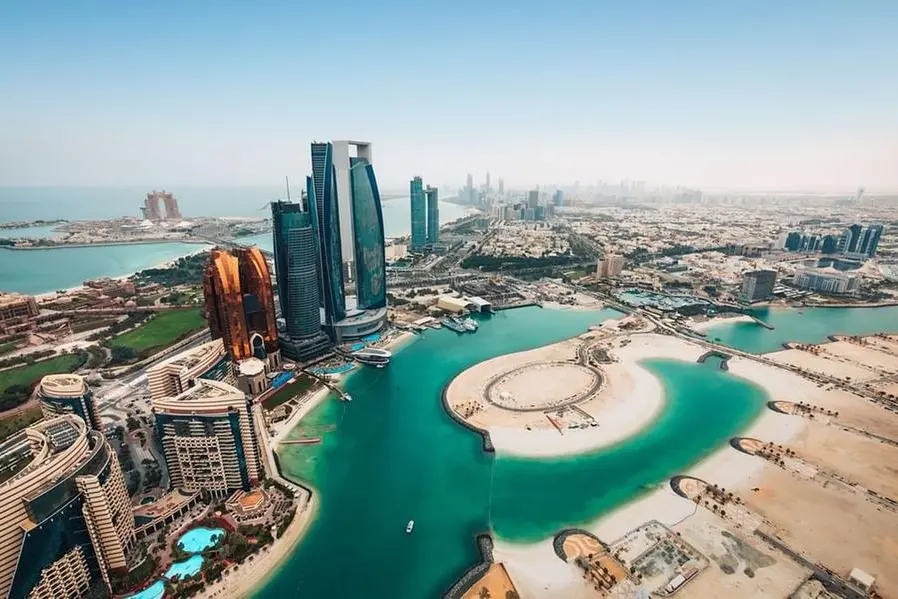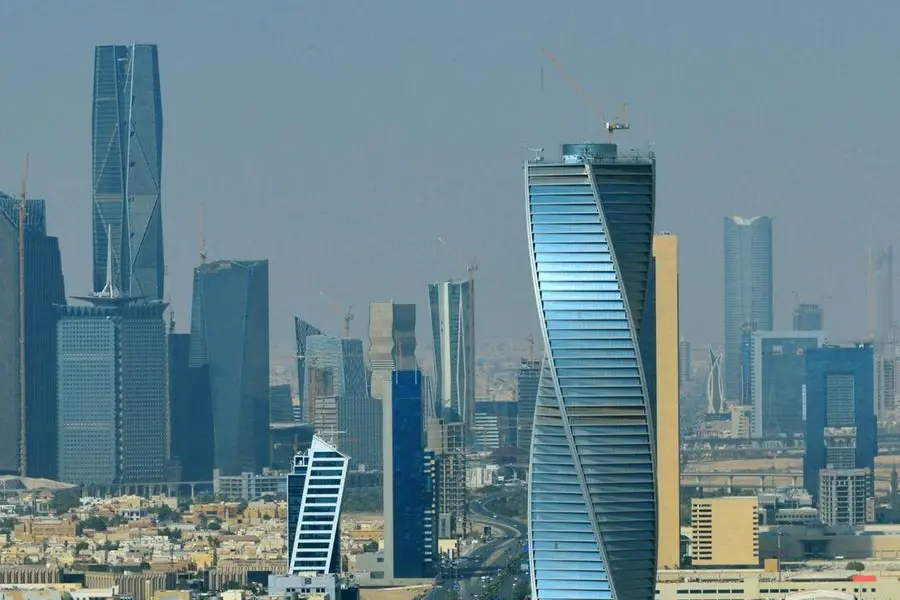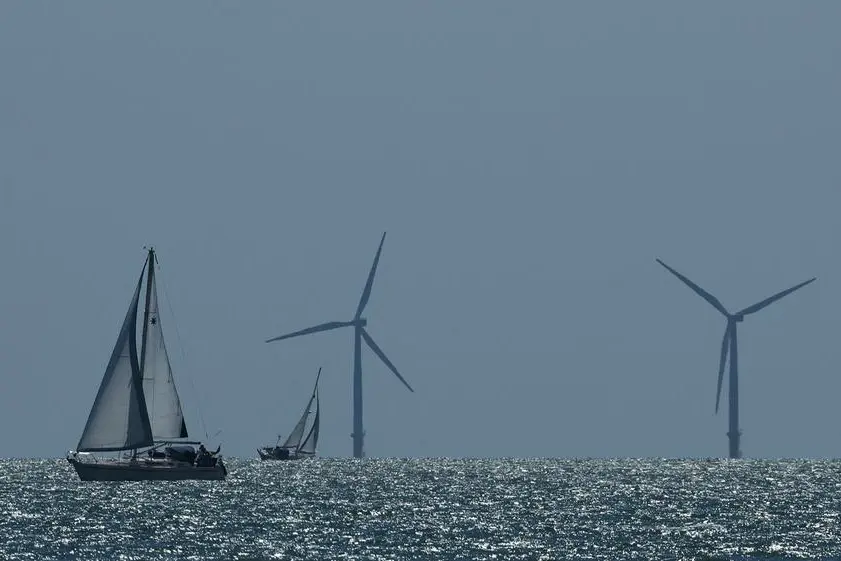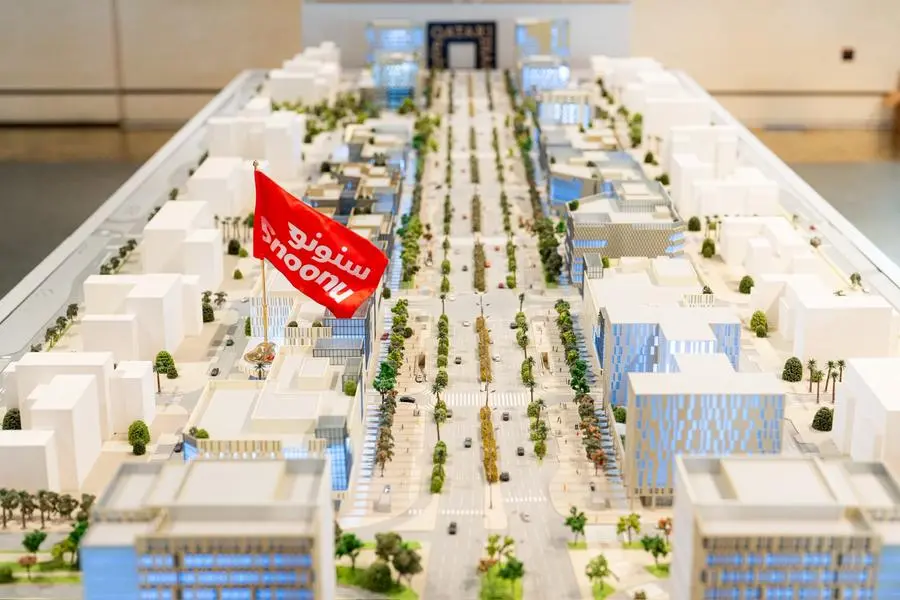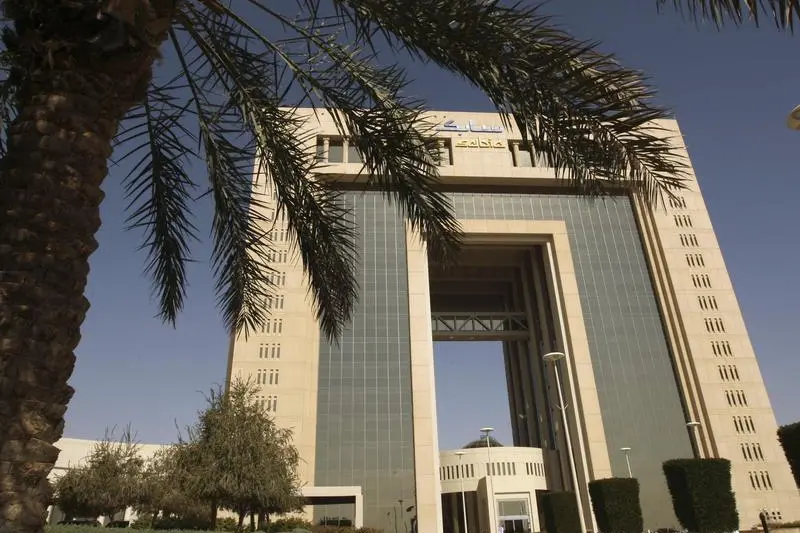14 February 2012
BEIRUT: “Culture, for a photographer,” as French photographer Gisèle Freund once remarked, “is more important than technique.” Freund’s sentiments are aptly illustrated in “Samak, Laban, Tamarhindi” (Fish, Yogurt, Tamarind), an exhibition of photographs exploring six different cultures by Beirut’s Mohannad Khatib.
Comprised of 50 color and black-and-white photographs, this exhibition is currently on display at the Dar al-Mussawir exhibition space in Wardieh. Here, Freund’s words are permanently displayed on a notice board providing photography advice for visitors and club members.
Khatib works as a television journalist but has always had a passion for photography. These photographs were taken in Cuba, the U.S., Lebanon, Libya, Tunisia and Palestine. They explore the architecture, culture and people of these six countries – while displaying considerable technical skill.
“Samak, Laban, Tamarhindi” is Khatib’s first solo exhibition. All proceeds from the sale of his prints will be donated to SANAD Hospice Care, a Lebanese charity set up in 2010 to help terminally ill patients who wish to spend their remaining days at home with their families. SANAD provides medical, psychological and social care for both the patients and their families who often struggle to cope without assistance.
Worthy a cause as SANAD is, Khatib’s photos deserve recognition in their own right. His portraits are particularly stunning. Often extreme close-ups, they are startlingly intimate and at the same time leave the viewer yearning to know more about the story behind each face.
“Libyan Rebel at the Old Shipyard” is an effective example of Khatib’s portraiture. Taken in Benghazi, it shows a young rebel in crisp new fatigues and beret, sitting, insouciant, in an armchair better suited to a salon than this deserted street. With an old ship in dry dock behind him and a skinny cat padding into the frame, the fighter fixes the camera with a direct stare, a new-looking M-16 projecting from between his knees.
Khatib’s selection of photographs from each country tends to be grouped around a common theme. The Cuban shots center on Che Guevara and enormous cigars. The Lebanon snaps focus on antique and war-damaged structures. His Tunis is comprised of mysterious blue doorways and handmade rugs. These could be dismissed as hackneyed subjects, but Khatib’s eye for color and texture brings his work a fresh perspective.
Khatib’s images of Cuba, in particular, are bursting with life and color, featuring some stunning portraits of old men and women and a series of images centered on the Havana cigar.
“Cigar and Nails,” shows a tanned hand with long, curved, dramatically painted nails and a chunky ring, contriving to grasp a thick cigar between index and middle fingers. The picture’s only other details are a wrist arrayed in bracelets and a glimpse of a slender shoulder concealed by frills and netting. The carefree hand’s scythe-like, brightly colored nails leaves you full of questions, and free to imagine your own answers.
Khatib’s Lebanon photographs feature a series of ruined buildings and age-worn wood, everything from faded doors to broken instruments. “The Old Piano 2,” a resident of Bikfaya’s Al-Ameriyya Hotel depicts a row of piano keys, brown with age, in close-up. They are no longer uniform and regimented but bent with time, creating an uneven, haphazard line of individual blocks, some tilting down, some pointing upward at unlikely angles.
In these images Khatib has succeeded in capturing the beauty inherent in the nostalgia of peeling paint, cracked wood and neglected rooms.
The exhibition includes a set of images from Palestine. In spite of (perhaps because of) Khatib’s background as a journalist, he has chosen to steer clear of conflict, focusing instead on Palestinian culture in Jerusalem. Many of these photographs feature the iconic Al-Aqsa Mosque, either the structure itself or the people praying within.
One striking photograph, “The Dome of the Rock from Uqbat Al Khalidiyya – Occupied Old Jerusalem,” has been manipulated so that the alleyway and rooftops in the foreground appear in black and white, while the Dome of the Rock itself, framed between the buildings in a blaze of gold, is a sunburst of color.
Unfortunately his three images from the U.S. seem to lack the fresh approach of Khatib’s other pieces. The three photographs, two of lilies reflected in a pond and one of abandoned sun-loungers on a Florida beach, look more like photos from a holiday brochure than an insightful crystallization of local culture.
While you might argue that Khatib simply struggled to find any American culture to photograph, here these U.S. photos only serve to underline Freund’s words once again.
What is most striking about Khatib’s photographs is not their technical execution or subject matter but their ability to present a well-known facet of a country’s culture in a fresh and thought-provoking way.
“Samak, Laban, Tamarhindi” is up at Dar al-Mussawir until March 2. For more information call 01 373347.
Copyright The Daily Star 2012.